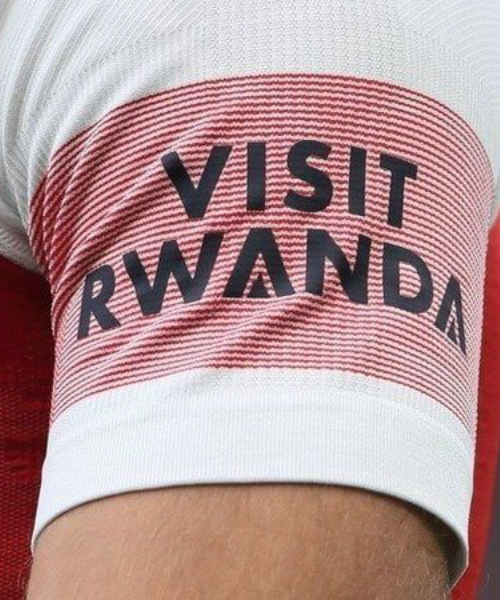India, one of the world’s largest producers of generic medicines, is facing a major regulatory overhaul following a series of deadly incidents linked to contaminated cough syrups in 2022 and 2023. These tragedies, which occurred in countries such as The Gambia, Uzbekistan, and Cameroon, were traced back to Indian-made syrups found to contain diethylene glycol (DEG) and ethylene glycol (EG)—industrial chemicals toxic to humans even in small doses. On October 12, 2023, the World Health Organization (WHO) issued a global alert warning: “Immediate action is required to prevent further fatalities from contaminated syrups originating in India.”
In response, the Indian government announced on March 15, 2025, a strict enforcement of WHO-compliant Good Manufacturing Practices (GMP) across all pharmaceutical production facilities. These standards ensure that medicines are produced under tightly controlled conditions with rigorous testing, traceability, and documentation. While larger companies were already in partial compliance, thousands of small and medium-sized drug manufacturers had sought extensions or exemptions, citing the high costs of upgrading their facilities. However, Health Minister Mansukh Mandaviya stated on April 3, 2025: “Safety of medicines cannot be compromised. No extension will be granted; all manufacturers must comply immediately.”
The decision marks a significant shift in India’s approach to drug regulation. Historically, the country has relied on a decentralized system, with state drug regulators overseeing much of the inspection and licensing process. However, inconsistent enforcement, outdated infrastructure, and gaps in quality control have long been concerns. On May 20, 2025, Dr. V.G. Somani, Drugs Controller General of India (DCGI) emphasized: “We are strengthening the CDSCO’s oversight to ensure every batch of medicine meets international safety standards.” The central government now plans to introduce uniform inspection protocols and a centralized digital monitoring system to track compliance and production data in real time.
These reforms are expected to impact more than 8,000 manufacturing units, many of which export medicines to Africa, Asia, and Latin America. While public health advocates welcome the move as long overdue, industry associations have warned that smaller manufacturers could face financial strain or even closure. Sunil Duggal, President of the Indian Pharmaceutical Alliance, warned on June 5, 2025: “Smaller companies will face severe challenges meeting these compliance requirements. Support from the government is crucial to avoid shortages.” Upgrading equipment, installing clean-room systems, and retraining staff are costly processes that could lead to short-term disruptions in drug supply, particularly for low-cost essential medicines used in developing countries.
The crackdown also comes amid international scrutiny of India’s pharmaceutical exports. Several importing nations have begun tightening their import checks, demanding batch-level certificates of analysis and independent testing for Indian medicines. Although India’s pharmaceutical sector contributes nearly $50 billion annually to its economy and supplies about 20% of the world’s generic drugs, its reputation has been dented by these incidents. On July 10, 2025, WHO spokesperson Dr. Tarik Jasarevic stated: “India’s reforms are a positive step, but rigorous monitoring is key to restoring global confidence.”
In the long run, this regulatory shift could transform India’s drug manufacturing ecosystem. By aligning more closely with international GMP norms, the country stands to enhance export reliability, attract foreign investment, and strengthen public confidence at home and abroad. However, the path forward will require sustained government support, transparent enforcement, and collaboration between regulators and industry leaders. The crisis has served as a wake-up call—reminding both producers and policymakers that drug safety is non-negotiable, and that the cost of neglect can be measured in human lives.











